Hauflin (Haw-flin)
If halflings and dwarves had kids who lived in the mountains who had technicolored hair and eyes for some reason
Hauflins are a species of short humans whose native settlements reside in highlands and mountains. As such their bodies and lifestyle have adapted to the high altitude environment.
Once they began to find lost artifacts from a bygone era, hauflin society tried to achieve their vision of those times by replicating their technology and civilizations. However their initial successes often had negative influence to the environment, which brought them opposition from nature attuned species. Luckily by forming relationships with the other species, hauflins have been able to use their creativity and handiwork to improve the world as opposed to exploit it.
Basic Information
Anatomy
Essentially look like humans with proportionate dwarfism. All the parts of the body are smaller to the same degree and appear to be proportioned like an average statured human.
Biological Traits
Low Oxygen Resistance: Haflins have high levels of oxygen due to more hemoglobin in their blood. They also have ten times more nitric oxide which dilates blood vessels, allowing blood to flow more freely to the extremities and aids the release of oxygen to tissues.
Large Lung Capacity: Hauflins have larger lung volumes proportional to other humanoids of similar size, leading to a higher than expected endurance and stamina. They also inhale more air with each breath.
Cold Resistance: Hauflins hands and feet have more small arteries and veins supplying blood than similar sized humanoids. This makes their extremities more resistant to frostbite than other humans.
Structural Colors: Hauflins have a wider range of hair and eye colors than other humans like purple, blue, green, violet, pink, silver, white, etc. Most of these colors aren't caused by pigments, but by the way light waves are scattered by the tiny structures in their hair or eyes. Because of the layered structure of each hair or iris, light waves entering it bounce back at different times and thus collide, or “interfere” with each other and certain wavelengths get cancelled out while others become reinforced, resulting in a rainbow of structural colors.
Genetics and Reproduction
As with other mammals, hauflin reproduction takes place as internal fertilization by mating between a male and female couple to produce offspring. While developing in their mother's womb, the child gives her a distinctive "baby bump" accompanied by a significant weight gain. Being mammals, the females give birth to live young, either one or several at a time. The delivery itself normally takes place after nine months of pregnancy and is a painful process that can take as much as ten hours. In some circumstances, women could die during childbirth, although it became less common in places with access to top-notch medical technologies. During their first months of existence, hauflin babies are usually fed with milk from their mother's breasts.
Growth Rate & Stages
Hauflin infants tend to have higher birth weight and higher blood oxygen levels than most hominin races. Hauflins also follow the typical stages of the human life span like infancy, childhood, adolescence, young adulthood, adulthood and old age.
Regardless of physiological and psychological changes, the legal transition from childhood to adulthood depends on culture and can be anywhere from 16 to 25 years old. Hauflins hit their peak of physical and mental capacity from the years of 25 to 35, after a decade or so from their bodies may deteriorate in quality without a specific diet or exercises. A hauflin without advanced medical treatments can likely live roughly half a century, and recent advances are expected to extend this to possibly a century and a half.
Ecology and Habitats
Settlements are mainly in montane forests and grasslands at heights above 2,500 meters (8,200 ft) to 6,500 meters (21,300 ft). Despite this, they have also spread out to settle in the nearby lowlands as well, typically plains, valleys, and islands.
Dietary Needs and Habits
Hauflins are opportunistic omnivores, capable of consuming a wide variety of plant and animal material. The healthiest diet for a hauflin is very balanced and varied, ranging from plant matter like grains, fruits, and vegetables, to animal meat and their products. Though they are partial to food that contains a high sugar, fat, or salt content.
Hauflins are one of the few races of Kaf that are able to consume dairy products into adulthood due to their history of raising animals for milk.
Biological Cycle
Hauflin females are fertile year round and have a menstrual cycle roughly every month. Their women will also go through menopause, typically after 50 years of age, in which they will no longer bare children but males remain fertile much longer, many well into their 70's.
Additional Information
Facial characteristics
Dejen tend to have broad and flat noses, moderately thick lips, and broad jaws. Albians have narrow cheekbones and nose bridges that project more. Kunan and Meru hauflins both share prominent cheekbones, rounder flatter faces, and recognizable eye folds but the latter has more chiseled features and the former have smaller noses.
Geographic Origin and Distribution
Worldwide
Average Intelligence
Sapient
Civilization and Culture
Major Organizations
United Sapient Species
Beauty Ideals
Accounting for specific ethnic groups, the ideal hauflin male should be taller than a woman, squared chilled jaw, broad shoulders, and have firm buttocks. The ideal hauflin female should have perky breasts, narrow waist and large hips to make an hourglass figure and typically longer head hair then men.
Gender Ideals
Hauflins have specific ideas on masculinity and femininity that can differ much by culture. Generally there is a division of labor based on gender with men expected to take on certain tasks and women who take on others. Foragers tend to have men hunt and fish while women gather plants while in settlements, men tend to be raised for manual labor and technical work while women tend to be raised for domestic work.
Hauflins tend to be more patriarchal based with matriarchal ones being few in number. These roles have historically been more rigid, the more complex the lifestyle but roles have been changing and becoming more flexible as time goes on.
Courtship Ideals
Hauflins are one of the races who vary the most in their view of sexuality. Besides universal taboos like incest, various hauflin societies have created seperate views on how they have and regulate their sexual behavior.
Marriage is historically how most hauflins have society recognize their sexual partners and establish households and families. Sexual activity tends to be between a married couple or at least intimate partners as casual sex is pretty uncommon.
The majority of hauflin relations are heterosexual but there are some homosexual ones as well. While marginalized in the past, the orientation along with bisexuality is generally seen as a non-issue by modern hauflins.
Hauflins are mainly into each other but intercourse with other races is frequent. They are more attracted to the more humanoid races like other hominins and fairies but there are those into liminal races or the humanoid forms of henge or spirits. Often times these relationships are temporary or "on the side" allowing for promiscuity in a race that otherwise promotes monogamy.
Sexual education and experimentation are probably the biggest factors that determine a society's views on sex. The earlier (for the first) and longer for the later are indictive of a more liberal mindset and more conservative if opposite.
Relationship Ideals
Most cultures have monogamous marriages as an ideal, but historically and today, individuals are more likely to practice serial monogamy or forms of polygamy. Polyandry is still practiced by various rural groups, the arrangement where a woman may marry her husband and his male siblings. This is usually done to avoid division of property and provide financial security.
Marriages have been traditionally arranged by the parents, especially if the son or daughter has not picked their own partner by a certain age. Picking a mate varies based on physical features, wealth, or social status that could also vary based on culture. And while large scale societies can have some unmarried couples, most are expected to be married in small scale ones. However since the Romantic movement, marriages focused more on passion or love has dominated in certain territories.
Average Technological Level
In almost all hauflin ethnic groups, many traditional handicrafts are an important aspect of material culture. This includes a tradition of weaving handed down from pre-modern times or earlier, using cotton, wool and a multitude of natural dyes, and incorporating numerous woven patterns.
Arguably hauflins started a worldwide industrial revolution by discovering technology from previous civilizations such as heat engines, clockwork, electronics, etc. A potential crisis that the world is currently facing is extremely low reserves of coal and petroleum that most recovered technology used. This has led to a worldwide effort to develop technology that uses renewable sources of energy.
Common Dress Code
A hauflin's idea of modesty can differ greatly by cultural group but the covering of both sex's gentials and buttocks is universal. In most societies, the females cover their breasts as they tend to be seen as arousing. Rural and naturalist societies tend to wear personalized clothing spun by hand from natural plant fibers. While specific to a culture, most are derivatives of a dress for females and a long tunic or top and pants for males in design.
Urban societies strongly enforce the dress of denizens in public places, where gentials and usually the torso of both sexes have to be covered. There are three main dress codes of hauflin cities. The most common is casual dress which usually consists of a cotton or polyester T-shirt and denim jeans or clothing intended for exercise and sports known as athleisure. There is also semiformal or business attire which is adopted in many urban workplaces and consists of khaki pants, slacks, and skirts, as well as short-sleeved polo shirts and long-sleeved shirts. And there is formal wear meant for suitable for formal social events, such as a wedding, formal garden party or dinner, débutante cotillion, dance, or race. These take the form of dark suits with light shirts for men and women in various colored ball gowns.
History
Antiquity
Recent archeological and genetic evidence points to an ancestral proto-human that all human species including hauflins share. It's though that their lineage moved to mountainous regions due to climate change and the increase in natural disasters following the fall of civilization. Adoption of some cultural aspects of ancient races such as Dwarves, Gnomes can be seen and suggest a degree of admixture with these people in haulfins today.Modernity
Hauflins first appear in the mountainous regions such as the Albines, the Mahamerus, the Antikunas, and the Shebas. There they independently developed the skills that guaranteed survival in the mountain highlands such as farming and forestry which continue to be mainstays to this very day. The Kunas were the first group of hauflins to grow a relatively large population due to their isolation from most predators or warfare and formed Quipu civilization in -. About a century and a half later, the Albs would later follow suit with their own but unlike the Kunas they expanded their reach beyond the mountain tops. Rather than military conquest, they believed in diplomatic acquisition, and they brought many hauflin clans and a few fairy tribes of the area to establish the region known as Arcadia. Around this time, some Meru peoples became merchants who encountered the Dejen people during their travels. There was much trade of their products, cultural practices and beliefs, and knowledge making. Eventually the Albs would make there way to both of these other hauflin peoples and bring back much of what they learned from to bring about a new age of prosperity in the Albines. Another big shift for all hauflins came with the discovery of the first Anthroids by the Kuna people. While vary at first, they were gradually accepted into the society thanks to their ability to work efficiently to make infrastructure for their cities. This also when the Alb Hauflins had their own "age of exploration" period where they encountered both groups for the first time. Seeing the potential, the Albs cooperated with both to develop new technologies and extract more resources. This mercantile style expanded to other regions where they attempted to spread Alb Hauflin culture and values, along with bring resources back to Arcadia. The various hauflin groups came together to develop industry businesses that spanned multiple nations and with the rediscovery of artifice from the Ghulat Wars aimed to usher a new age. This however led to tensions when the interactions between the Albs and the Adrioasis region resulted into revolts from many other races due to their culture clashes and resource exploitation. Even the indigenous hauflin tribes and working class urban hauflins were being disenfranchised by the establishments of the wealthy members of their race. As such the Albs were pushed out of the continent in a series of skirmishes lasting a decade, save a few territories in the Garifuana Isles. At the same time this rebellion quickly ignited in other colonial territories, the other races native to the Hauflins fought due to their practices like intensive farming and coal mining disrupting the ecosystem. Ultimately this lead to the formation of the United Sapient Species, an organization tasked to keep the peace among various nations and peoples. The corporate system developed by many hauflin business was criticized for its lack of regard for the environment, people's culture and rights, and promoting cultural dominance and bias for profits. This along with the relatively quick depletion of fossil fuels such as oil and natural gas lead to loss of profit and breaking of these multinational corporations. Many Hauflins then found themselves either returning to their traditional ways of life or finding a new way in established cities. Economic models that involve themselves along with other races has gone a long way to improving their world wide reputation along with embracing sustainable technology and mystical practice.Interspecies Relations and Assumptions
Hauflins are notable for being one of the first races to embrace to arrival of the Anthroids, mainly due to their shared technological capability. As they both began to industrialize, many anthroids began to emulate hauflin in demeanor and appearance which did cause tension at first but eventually they found a balance and have a mostly supportive relationship.
Hauflin have had rocky relations with other species since they started to industrialize. Their increasing deforestation and pollution sought the ire of many fey, henge and nature spirits, even the other human species like Homins. Once hauflins as whole focused their civilizations on sustainability and reduced their impact on the environment, their species reputation improved greatly.
As a humanoid species, some males have been the target of attraction by many of the female species. Amazon, Yukionna, and Harpies all rely on hauflin men as their primary source of reproduction, among others such as Jorogumo, Alraune, Lamia.
Scientific Name
Homo mannchen
Origin/Ancestry
Albian, Meru, Kuna, Dejen
Lifespan
65 - 80 years
Conservation Status
Least Concern
Average Height
110 - 137 cm (3'10" - 4'6")
Average Weight
27 – 45 kg (70 – 100 lbs)
Body Tint, Colouring and Marking
Their skin complexion can has a large spectrum of brown shades from pale, fair, light brown, medium brown, dark brown, and black. Intermediate colored people can also have slight reddish or yellowish tendencies to their skin. Hauflins also have a wide range of hair colors shared by humans like black, brown, blonde, auburn, orange or ones specific to their species like red, blue, green, orange, violet, pink, white, grey, etc.
Geographic Distribution
Related Ethnicities

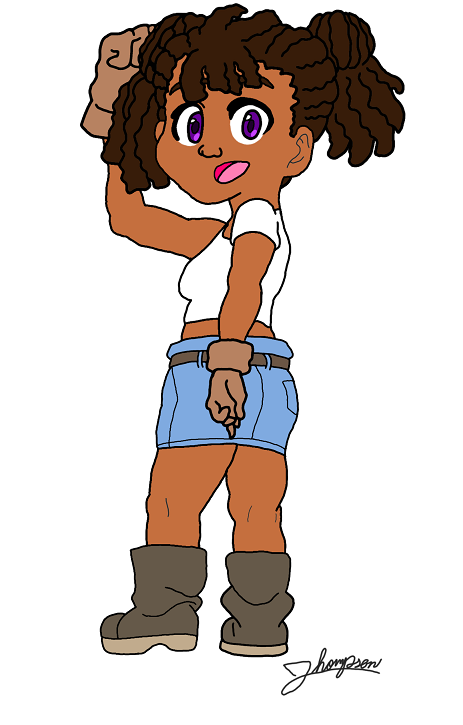
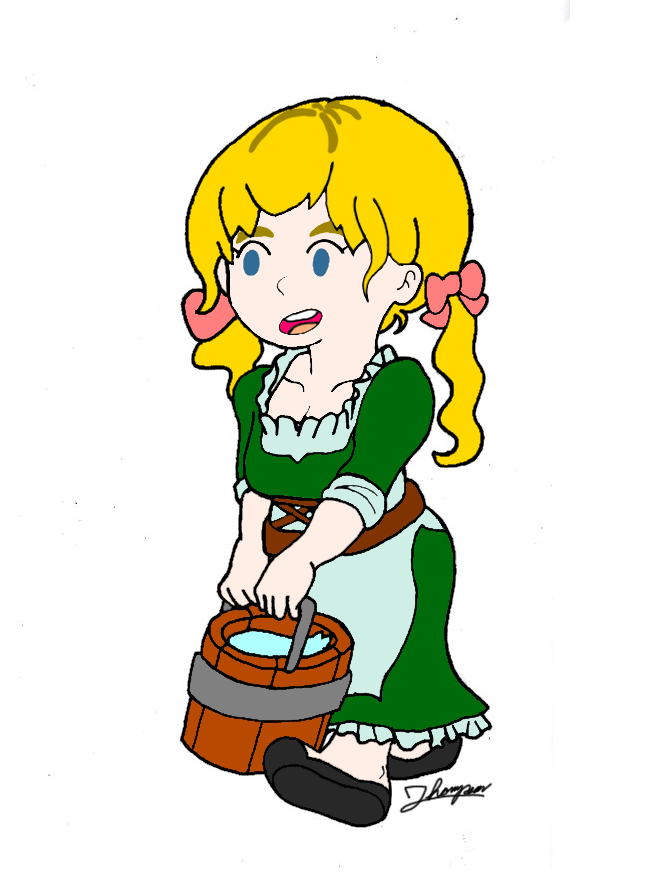




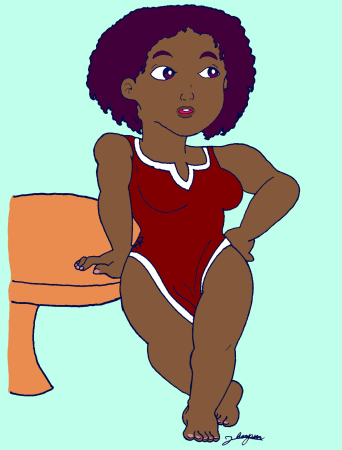
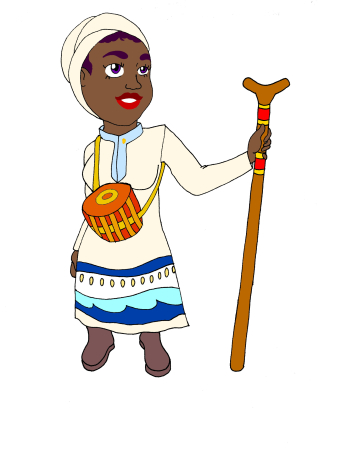
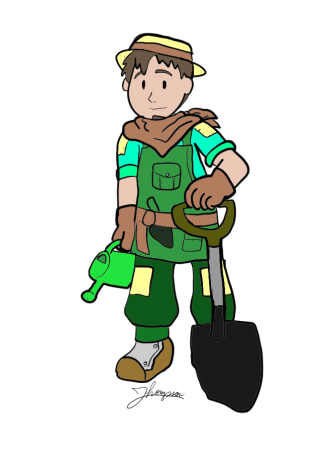
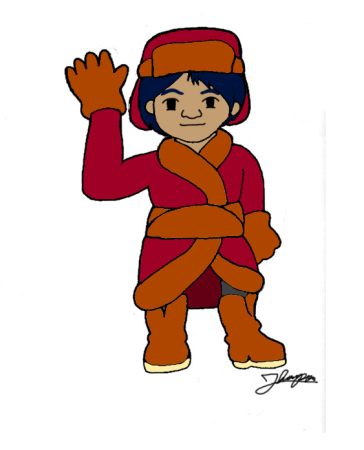
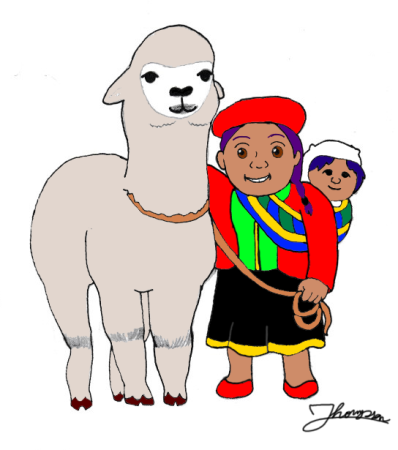
Comments